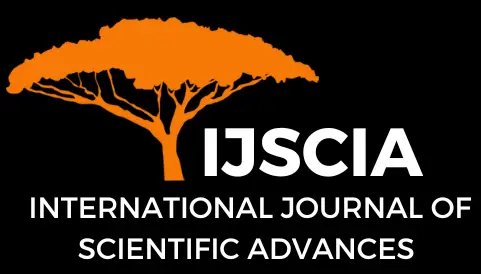Biomarker of Malnutrition in Terms of Total Salivary Protein in Stunting Children (Literature Review)
Udijanto Tedjosasongko*, Regina Ayu Pramudita, Mega Moeharyono Puteri
Abstract
The prevalence of children under five (or Balita) with stunting in Indonesia is relatively high, it is 29.6% above the limit set by WHO (20%). Stunting is a condition where children fail to grow due to long-term malnutrition. Parents regrettably often underestimate such conditions. In case it is not detected prior to 24 months old, the consequences will be permanent. Oftentimes, malnutrition is detected at a later time, make it occurs even more frequently. Malnutrition affects general and oral health. In malnourished children, salivary gland hypofunction ensues which cause a decrease in flow rate, buffer capacity, and salivary secretion, both in quantity and composition, especially protein. The condition where increased severity of malnutrition followed by a decrease in salivary protein concentration is expected to be a biomarker of malnutrition. The purpose of this study is to analyze the potential of total salivary protein as a malnutrition biomarker.
Keywords
children; protein energy malnutrition; saliva; stunting; total protein
Cite This Article
Tedjosasongko, U., Pramudita, R. A., Puteri, M. M. (2022). Biomarker of Malnutrition in Terms of Total Salivary Protein in Stunting Children (Literature Review). International Journal of Scientific Advances (IJSCIA), Volume 3| Issue 3: May-Jun 2022, Pages 398-402, URL: https://www.ijscia.com/wp-content/uploads/2022/07/Volume3-Issue3-May-Jun-No.275-398-402.pdf
Volume 3 | Issue 3: May-Jun 2022



